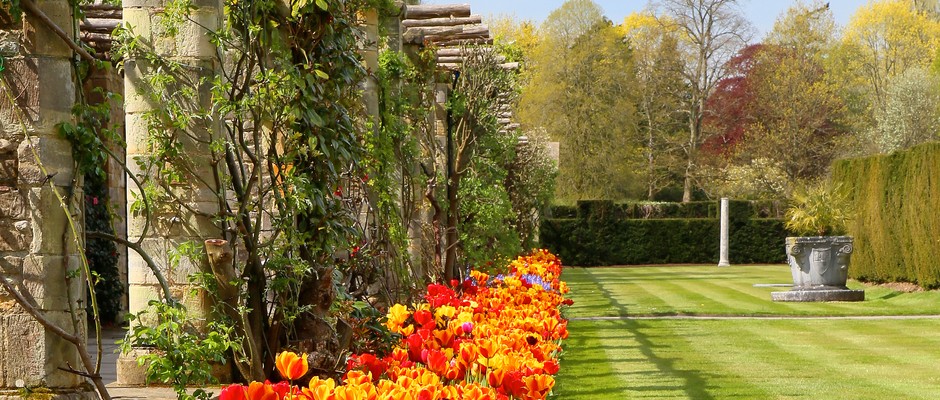
How to stop squirrels eating your tulip bulbs
Looking forward to a colourful display of spring bulbs? Let’s hope the squirrels haven’t got their first
Many gardeners suffer the anguish of discovering that their precious bulb displays have been ruined by those pesky garden visitors – the squirrel. Tell-tale signs are small holes dug in your border, discarded hopeful green shoots, nibbled white flakes of bulbs and rejected smaller - clearly less appealing - bulblets. Sometimes tulip bulbs can be found lying prone just at the point the bud is forming – but to no avail if the squirrel has taken a fancy to the tasty bulb beneath.
The problem is largely confined to tulips and crocus, to the extent that some gardeners have just stopped growing them. Yes, we must accept wildlife in the garden, but it is quite disheartening.
If you still want tulips, the answer, of course, is to work round the issue and you’ll find various suggestions via the web and social media as to how to discourage squirrels and other pests from eating your bulbs.
If you are growing tulips in a container, the solution can be much simpler – top your pots with chicken wire or taut net to stop the squirrels getting through. But this just isn’t so easy if you are growing tulips in your border amid other plantings, or are creating a massed display.
So are there any answers?
How to stop squirrels eating your tulip bulbs
Expert opinion
Hever Castle in Kent is renowned for many reasons, not least its incredible history and links to Anne Boleyn. It also boasts a beautiful garden with reasons to visit throughout the seasons. Spring starts with a carpet of daffodils, before moving on to a vibrant display of tulips. So how do they ensure its success?
Head gardener Neil Miller coordinates the displays, this year looking forward to some 40,000 bulbs coming into bloom.
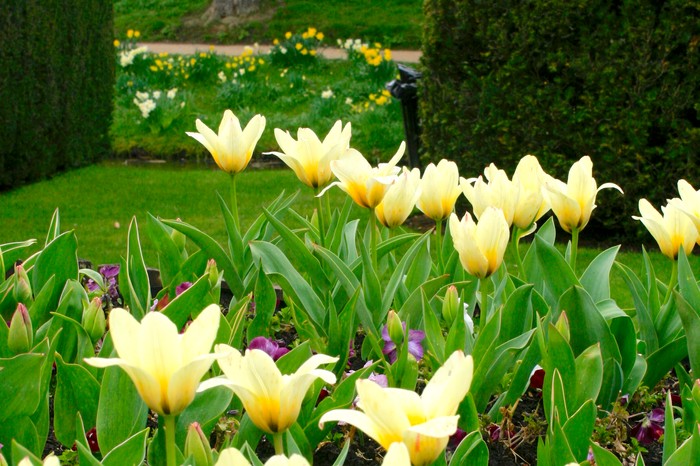
“We plant a huge selection for our Tulip Festival. You’ll find formal displays at the castle entrance, around the castle walls, through the Italian garden and then more natural planting through the longer grass (which is where we plant the bulbs from the previous year’s displays).
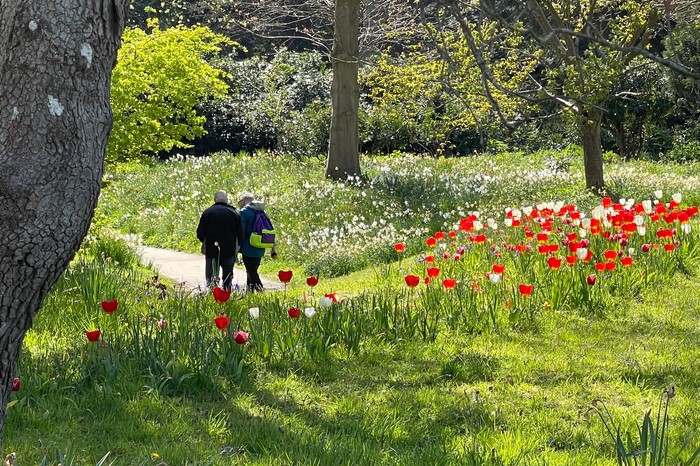
We love to bring different cultivars, everything from the Darwins to the parrot types – it’s a really good mix. New ones to us this year include ‘Ice Cream’ and ‘Ice Cream Banana’, which really does look like a cone of ice cream with the pink at the bottom and then a creamy colour yellow in the middle. Anything a bit unusual that gets the visitor to stop in their tracks and question ‘Ah, what’s that?’.
“It's the colour you can get from a tulip. Daffodils are glorious, don’t get me wrong, but with tulips you get near enough every colour under the rainbow. It’s a bit of a show – and at this time in the garden everything is looking fresh and lovely. The weeds haven’t quite got going and I just want to put my finger on the pause button. It’s perfect,” enthuses Neil.
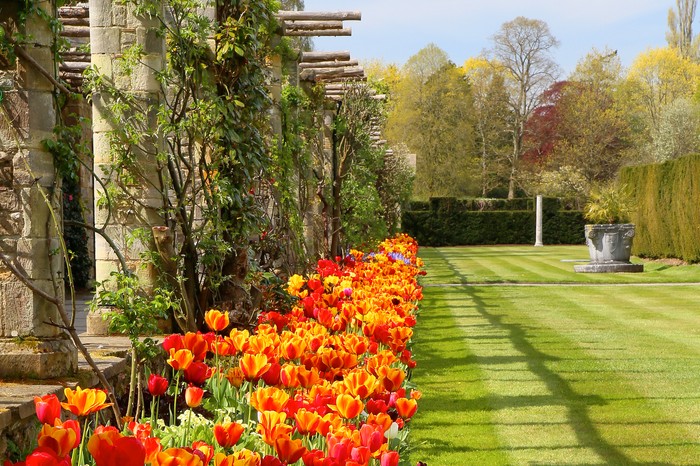
Why squirrels love tulip bulbs
Tulip bulbs, quite simply, are tasty to squirrels – as are crocus. When the ground is frozen hard in a cold winter, the problem with being eaten by pests isn’t so prevalent but as the grounds softens and bulbs start into growth, their smell is more evident and problems can escalate.
More like this
Other bulbs such as narcissi, alliums, snowdrops and hyacinth have less appeal due to their unpleasant smell or taste.
Neil says: “We’ve been struggling with squirrels for years and come spring time, there’s always been gaps in our displays. There’s been lots of anecdotal chat from visitors and the team about how to deter squirrels, so we decided to run a trial to see what deterrents there are that might keep the squirrels away from our tulips.
“With our huge displays you can’t put wire over them so it really about the scent – if you can disguise the smell of the tulip, that’s the thing that will hopefully get the squirrels looking elsewhere.
“So we’ve set up a trial with the help of some of the students studying here for their RHS certificate. And we’ll be seeing if there is indeed anything that helps. From now on, as the bulbs come into growth, we’ll be checking daily to see what damage there’s been and we’re looking forward to sharing the results.”
Neil concludes “It’s such a shame if people give up growing tulips – the displays are just so cheerful and the range of colours mean you can be as creative as you like. This is just a small trial to pick up on some of the anecdotal ideas you hear about. If any of them do work then that’s worth it.”
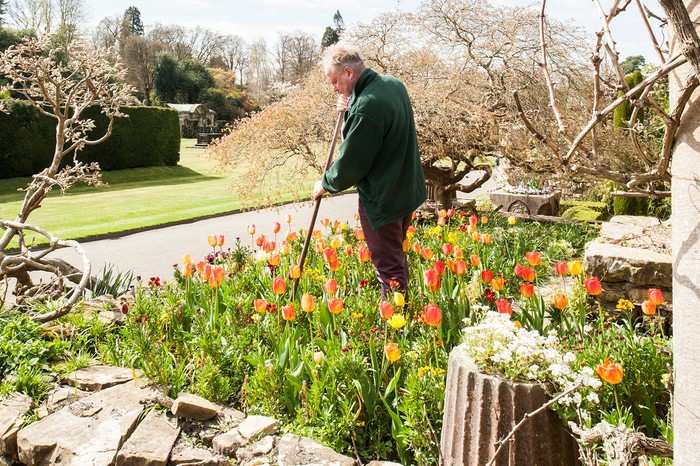
Stopping squirrels eating tulips
The test looks at ways to disguise the smell of the tulip bulbs. Some of the ideas are familiar but do they actually work? Here’s what the team at Hever is trying.
• Apple cider vinegar – dip the bulb in a jar of cider vinegar and plant as normal.
• Chilli powder and chilli flakes – a sprinkle in the planting hole and on the surface. But with anything put on the surface you need to consider that it might get washed away in the rain, or, as Neil adds, with chilli flakes they can end up sprouting if the conditions are right for the seeds that are in the packet of flakes.
• Peppermint oil – a few drops on the surface.
• Black pepper or garlic powder – sprinkled in and around the planting area.
Other ideas to disguise the smell of tulips
Grating bars of soap into the planting hole.
Grated pungent-smelling moth balls.
The trial set up
The trial has planted 50 bulbs for each method and will be checking the area visually each day to see what damage has been done.
Bulbs that haven’t been treated in any way have also been grown.
The trial results
Look out for the results of the trial later in spring. We’ll give an update here.
Visit Hever’s Tulip Festival from 17-23 April to see the displays for yourself. Twice daily tours will run at 11:30am and 2pm throughout the festival. Hevercastle.co.uk
Authors
Sorrel Everton is deputy editor of Gardens Illustrated.

Niwaki bundle worth £57 when you subscribe
Subscribe to Gardens Illustrated magazine and claim your Niwaki bundle worth £57
*UK only

Container Gardening Special Edition
The Gardens Illustrated Guide to Container Gardening.
In this special edition, discover colourful flower combinations and seasonal planting schemes for pots designed by leading plantspeople, and essential know-how for container gardening success. Just £9.99 inc UK p&pBy entering your details, you are agreeing to our terms and conditions and privacy policy. You can unsubscribe at any time.
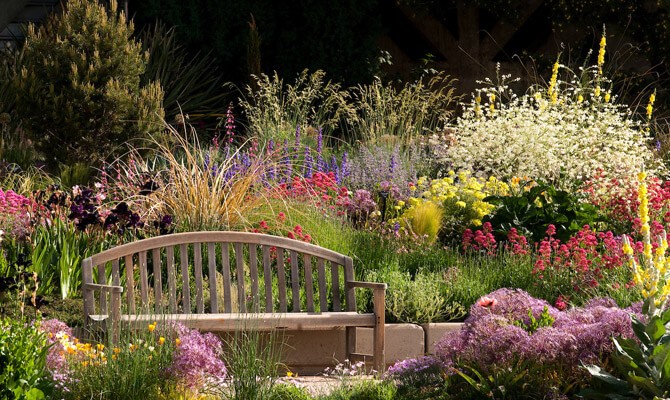
Gardens of the Globe
From botanical wonders in Australia to tranquil havens closer to home in Ireland, let this guide help you to discover some of the most glorious gardens around the world
By entering your details, you are agreeing to our terms and conditions and privacy policy. You can unsubscribe at any time.





